

The shea butter oil production line is a professional processing system developed specifically for African specialty oils, perfectly preserving the natural nutrients and unique effects of shea butter. This production line independently developed by QIE combines European precision manufacturing technology with traditional African craftsmanship to ensure that every link from raw materials to finished products meets international standards.
Shea butter → cleaning → stone removal → magnetic separation → crushing → steaming → pressing → crude oil filtration → refining → finished oil
Cleaning screen: In order to efficiently achieve the cleaning purpose, create a good operating environment, ensure smooth production operation, and improve the quality of finished products, a high-efficiency vibrating screen is specially configured in the process flow to remove large and small impurities in the material.
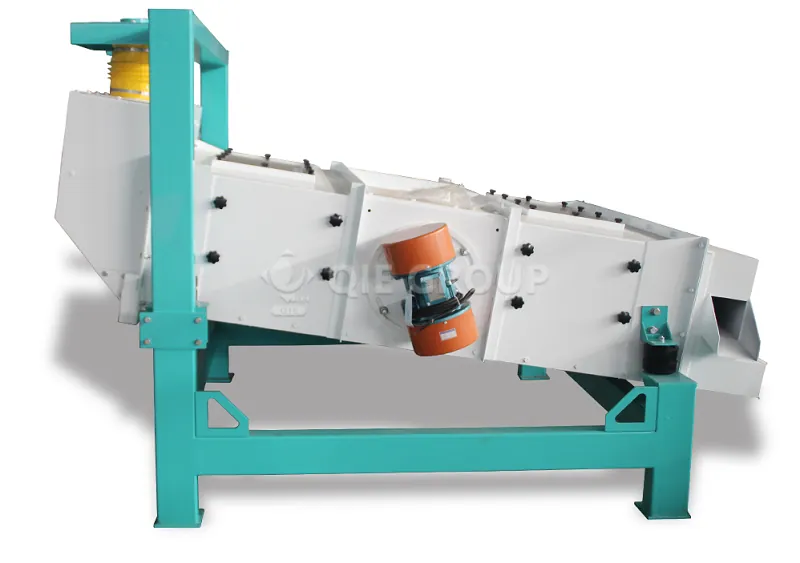
Gravity stone remover: Equipped with suction gravity stone remover, it can remove stones and soil of similar size to the material.
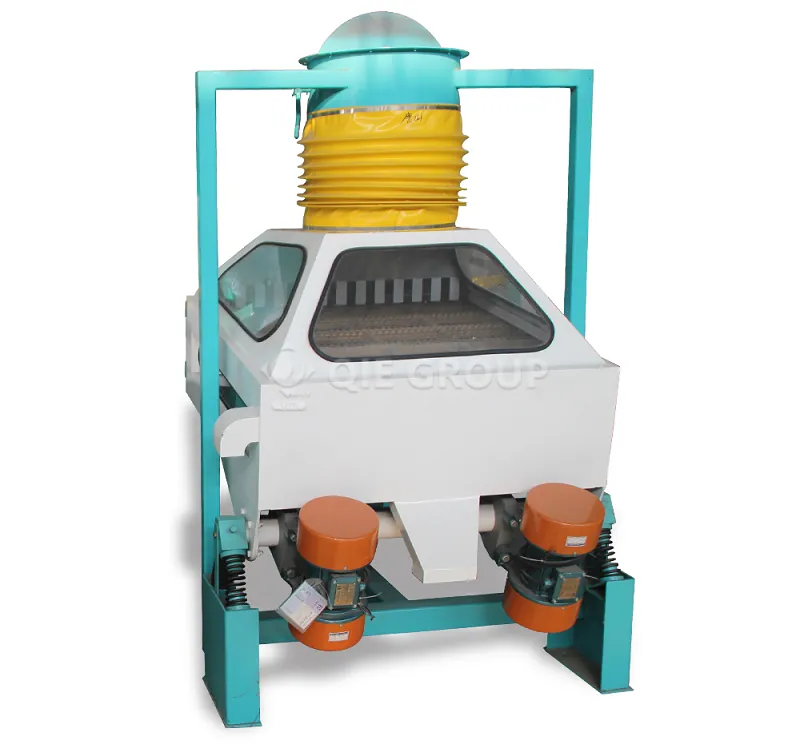
Magnetic separator: Its main function is to remove metal impurities mixed in soybeans to prevent these impurities from damaging the equipment.
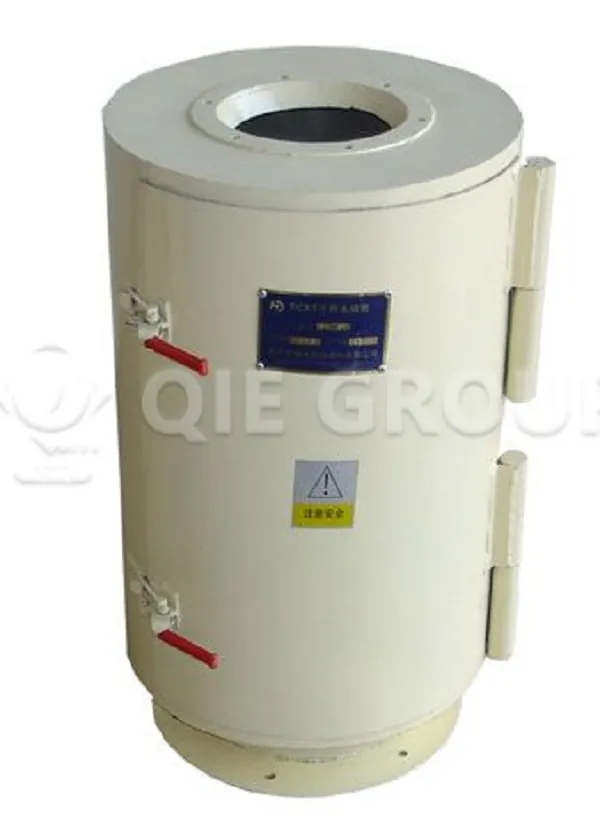
Crusher: This equipment is used to crush shea nuts into small pieces. This process can effectively improve the extraction efficiency of shea butter.
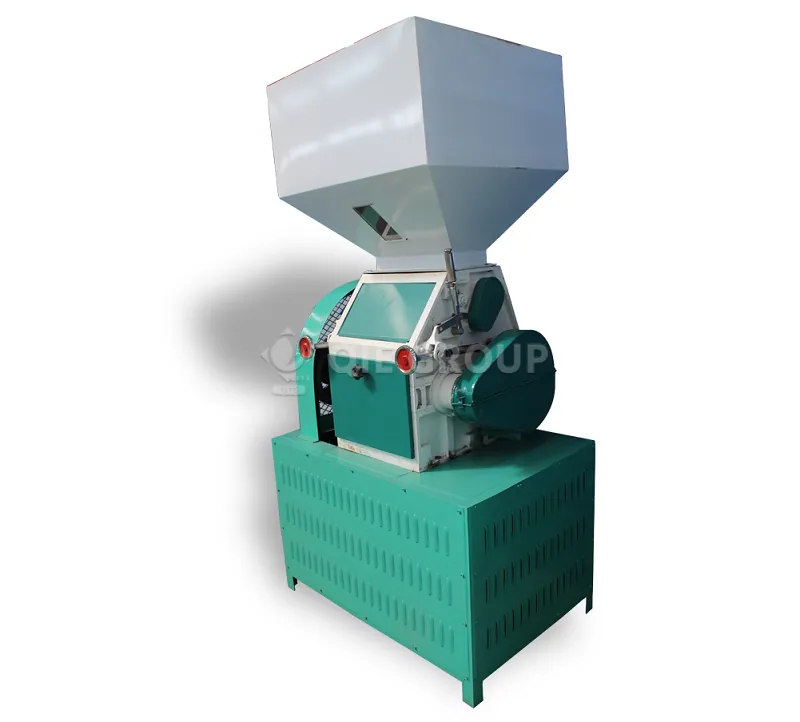
Steam cooker: The steaming and frying process can adjust the temperature, humidity and internal structure of shea butter, which is more conducive to oil extraction during pressing.
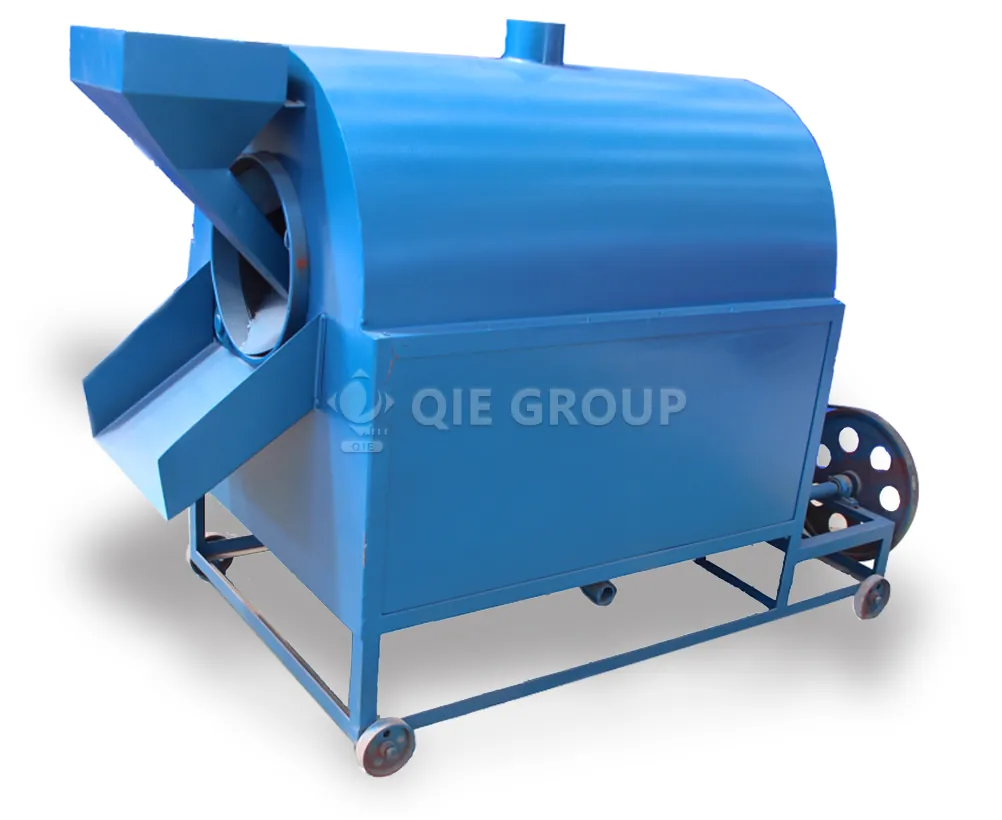
Screw oil press: This screw oil press is suitable for pressing various vegetable oils, such as shea butter, peanut oil, cottonseed oil, rapeseed oil, sesame oil, sunflower oil, etc. It adopts round rod combination technology, equipped with micro-electric control, infrared heating and multi-stage pressing technology, and is an ideal choice for oil processing.
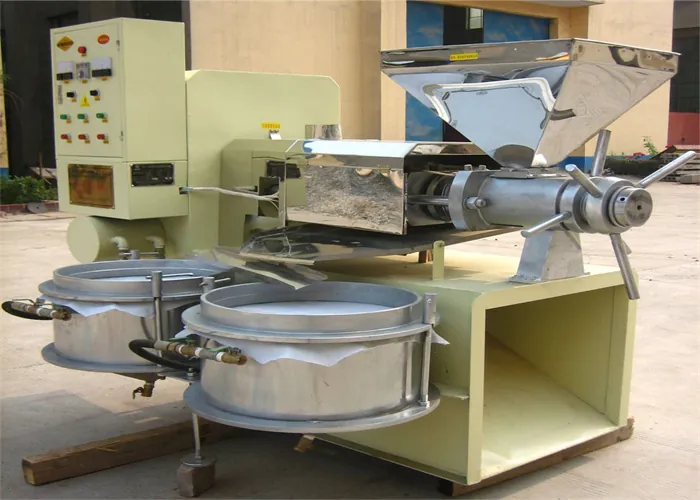
Filter: This is an efficient filtration system that uses a thickened stainless steel mesh screen to remove coarse and fine residues in the oil and can automatically discharge the residue. It is easy to operate continuously, has low labor intensity, and is convenient for subsequent fine filtration.
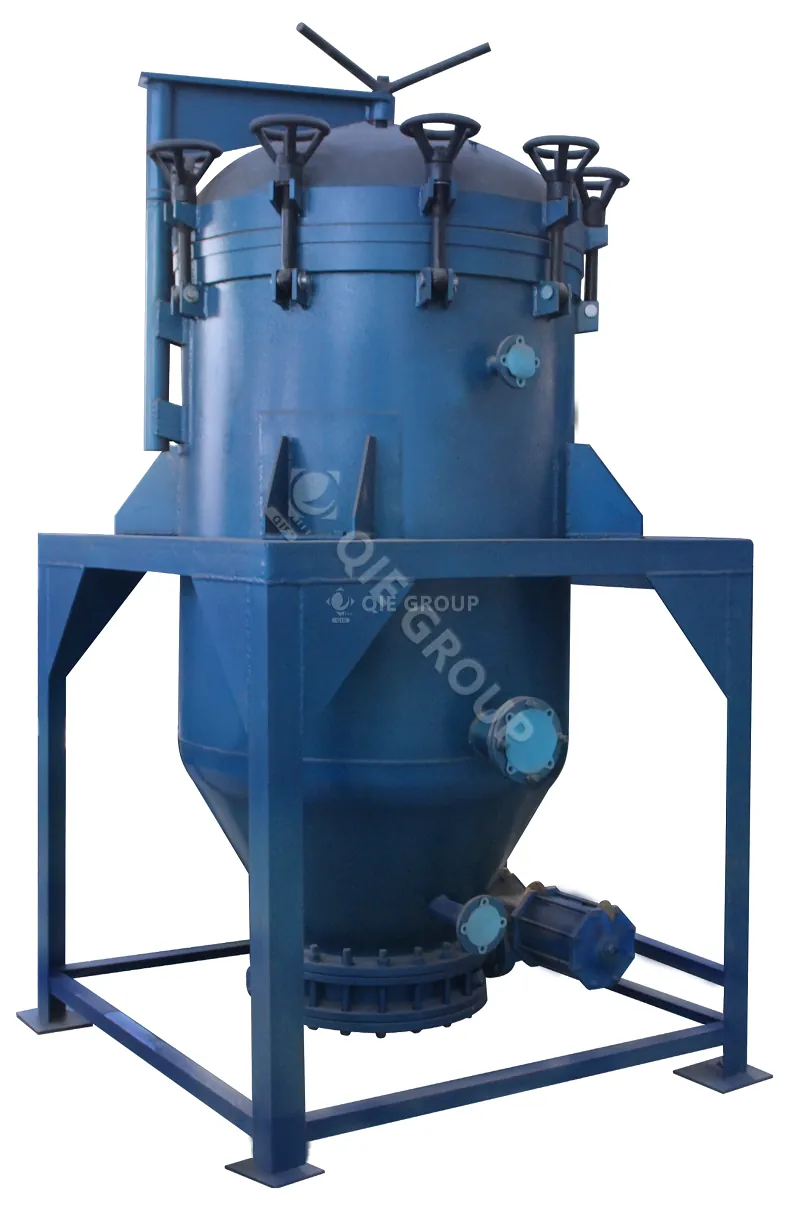
After the crude oil is filtered and preheated, an appropriate amount of hot water is added to remove colloidal impurities. Then, a certain amount of alkaline solution is added to the degummed crude oil to cause an alkali refining reaction. After the reaction is completed, the soap stock and the neutral oil are separated. The neutral oil after soap removal needs to be washed and separated again. After that, the neutral oil is sent to the decolorization pot, dehydrated under heating and vacuum drying conditions, and then decolorized and filtered to obtain decolorized oil. The filtered decolorized oil enters the deodorization pot for deodorization. After deodorization, it is filtered again, cooled, and finally transported to the finished oil tank for storage.
Decolorizing pot: This equipment uses steam heating operation. Under vacuum environment, the oil is first processed to remove moisture, and then the white mud is sucked into the decolorizing pot through the vacuum system. After sufficient stirring, the white mud is filtered out by a vibration filter to change the color of the oil.
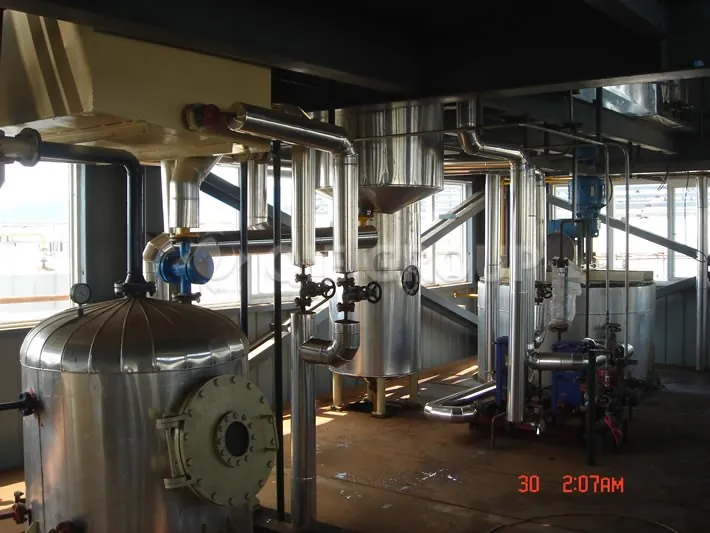
Deodorization pot : The qualified oil after decolorization enters the deodorization pot and is heated to a temperature range of 240-260℃ to remove free fatty acids and other odor components. After the deodorization process is completed, the oil is cooled and filtered through a safety filter to finally obtain a finished oil that meets the standards.
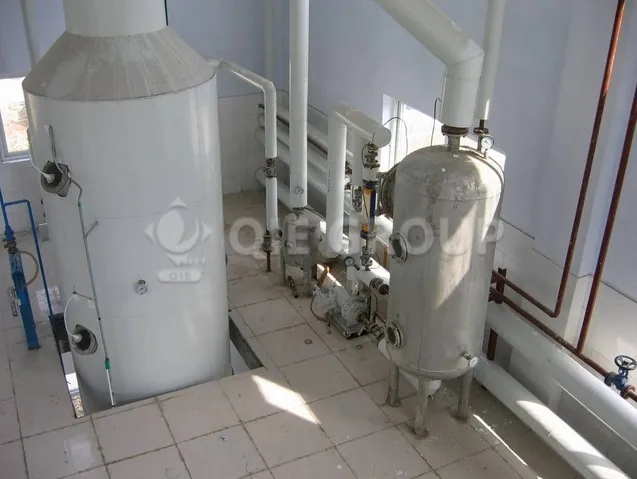
The shea butter oil production line perfectly combines traditional African craftsmanship with modern technology, and is an ideal choice for developing high value-added shea butter products. With its rich industry experience, QIE GROUP provides customers with a full range of services from planning and design to after-sales support. Our production line has the characteristics of high active ingredient retention, high product purity, and high degree of automation, helping customers improve product competitiveness.

